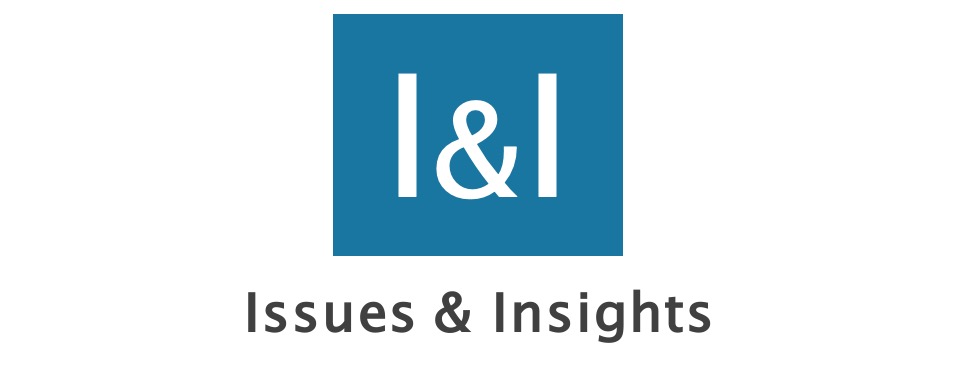Imagine a visit to the local farmer’s market. When you’re about to pay the farmer for some fruit, a man in a suit and sunglasses interrupts the exchange and offers to negotiate a discount with the farmer.
Cool, right?
Not so fast. The man in the suit didn’t tell you who the discount was for. He gets the fruit for less, to be sure, but sells it on to you for the original price. He keeps the difference between his purchase price and yours. You’ve received no benefit — and the farmer received far less than the price he’d listed.
Oh, to be that man in the suit!
Of course, that’s not your typical farmer’s market exchange. But that is how prescription drug sales work. And the suited man is called a pharmacy benefit manager.
PBMs serve as go-betweens for drug manufacturers and insurers, helping the latter design prescription drug plans and negotiate prices. PBMs secure considerable rebates, discounts, and other payments from pharmaceutical companies. Yet most of these savings are never shared with consumers at the pharmacy.
A recent report from the Berkeley Research Group found that the majority of drug spending isn’t going to the firms that develop and manufacture those drugs. Rather, it’s going to entities within the supply chain like PBMs, hospitals, and health plans.
It’s hard to imagine how middlemen could possibly deliver more value to patients than the firms that actually make the prescription drugs that treat them.
There’s also evidence that middlemen are the primary reason that spending on prescription drugs is going up.
Between 2019 and 2020, total gross spending on branded medications increased 6.4% — some $31 billion. Payers including plan sponsors, insurers, the government, and PBMs received 35% of that increase — the largest share of any player in the market. Altogether, these entities received over $140 billion in brand-medicine spending in the form of discounts, rebates, and other payments from pharmaceutical companies that were intended to lower the cost of drugs.
Sharing discounts directly with patients could save between $145 and $800 per patient annually. If all rebates were shared at the point of sale, patients could save $57 billion over 10 years.
Yet those savings rarely make their way to individuals at the pharmacy counter. Even as overall drug spending rises and middlemen rake in cash, millions of Americans can’t afford their prescription medicines.
This is proof of a broken system. But it need not be.
PBMs must be held accountable for their role in prescription drug spending. Lawmakers can consider requiring that prescription drug rebates be shared with patients at the point of sale. Employers can demand that their insurers and the PBMs with whom they work rebate the discounts they secure to their beneficiaries at the pharmacy counter. And they can walk away from health plans that refuse to do so.
Ultimately, the stakes in this “pharmer’s” market are more than your weekly produce — they can dictate whether someone is able to access medication. In other words, this market dysfunction is a matter of life and death.
Sally C. Pipes is president, CEO, and Thomas W. Smith Fellow in Health Care Policy at the Pacific Research Institute. Her latest book is False Premise, False Promise: The Disastrous Reality of Medicare for All (Encounter 2020). Follow her on Twitter @sallypipes.





 Using these vague “policy violations,” Google is now threatening to demonetize us. It’s part of Big Tech’s effort to silence conservative voices.
Using these vague “policy violations,” Google is now threatening to demonetize us. It’s part of Big Tech’s effort to silence conservative voices.
First, cash considerations to vendors exist across all merchandise segments. There are even fasb statements on the accounting which can be difficult because of contract stipulations. Second, PBMs are used by insurance companies to aggregate individual purchases to achieve major volume discounts. These discounts are shared with the insurance companies and make a difference in pricing. So your article is misleading. PBMs do add value to the process. Consumers do receive benefits from the arrangement.